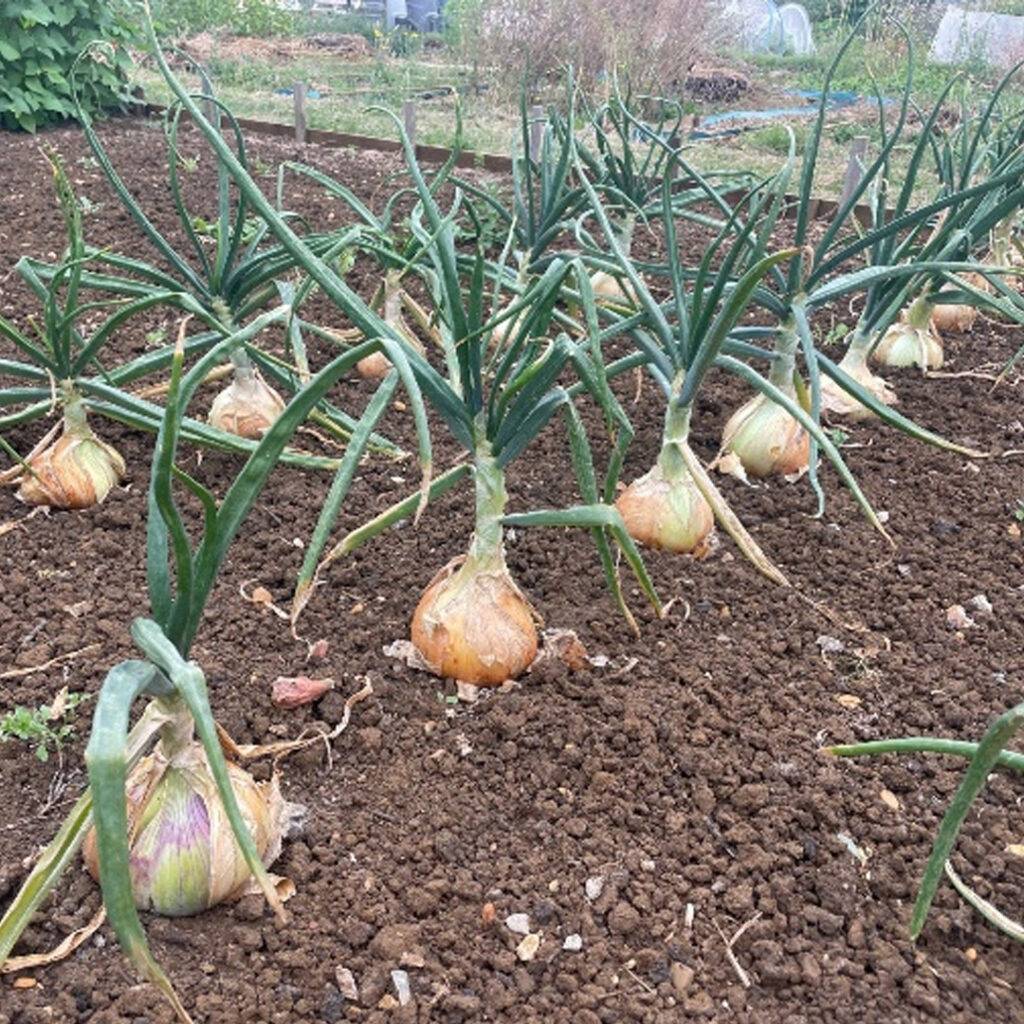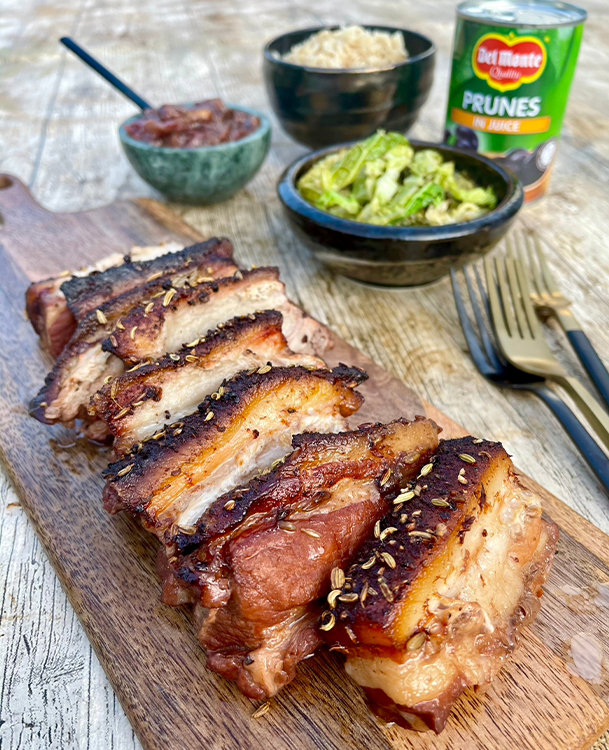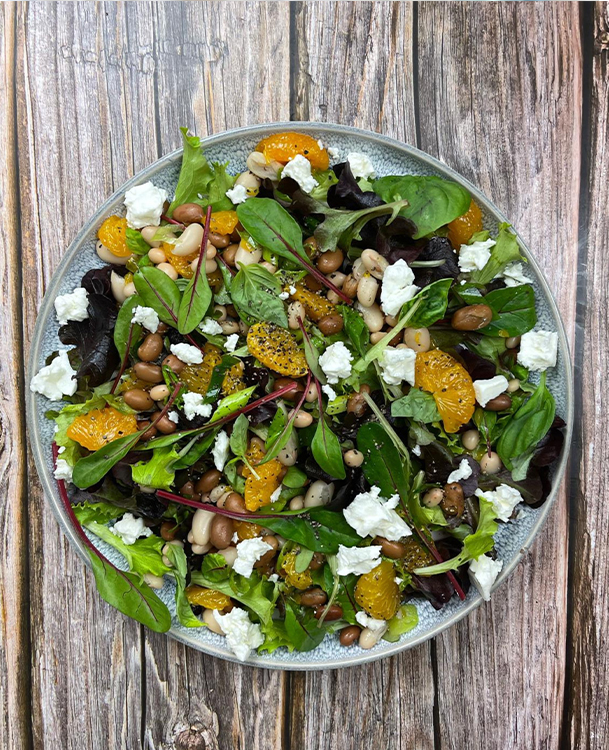Ken Wood of Wildmoor Allotment Association tells us all about the fruitful pleasures & benefits of growing your own
There are many differences between picking your fruit and veg off a supermarket shelf and harvesting from your own plot. In favour of “grow your own” are things like the pride of self-sufficiency to the knowledge of fresh, organic, nutrient-rich food that your hand has nurtured… Plus the ability to grow varieties you cannot buy!
There are also many mental health and wellbeing benefits to working a small allotment plot. These include being outdoors in nature, peace and quiet, having a sense of purpose and meaning, plus a little bit of exercise. You can keep yourself to yourself or, to build your skills and knowledge, ask for advice from one of the ‘old hands’. If you’ve extra time on your hands you may like to volunteer for a committee role that helps to ensure the overall site is maintained. It is not just for adults, take your kids along and let them learn with you! If you want further inspiration, watch the Olivia Colman film, Grow Your Own or tune into YouTube and watch one of many tutorial channels of Huw Richard, Charles Dowding, or the GrowVeg Channel with Dan (my favourite).


I have just started my third year on Wildmoor Allotments, so I’m still learning. I am doing OK with staples such as potatoes, onions, garlic, leeks, carrots, rhubarb, and my fruit bushes are producing abundantly: blackcurrants, blueberries, goji berries, raspberries, gooseberries and the like. However, I do keep my herbs and salad crop in our garden at home for freshness and convenience. This year I had my first delicious crop of asparagus, fennel, and celeriac. But I have never tasted anything so sweet and delicious as my freshly picked ripe sweetcorn.
We have folk from many ethnic and cultural backgrounds on our site. It is amazing to see what they grow – stuff I have never seen in the shops in town. I’ve twinned my plot with a small farm in Kenya through an organisation called The Ripple Effect (Ripple Effect). For them, such skills are a matter of survival not just a pastime hobby.
Like me, many in Abingdon have taken the step to owning an allotment to grow organic fresh veg. To be successful you do need to put some time in, on average eight hours a week in two or three sessions. Most plots come with a shed, inherited from the previous occupant.
There are three Allotment Associations that serve the Ox14 area; Drayton Road, Marcham Road and Wildmoor (along Long Tow). The town council kindly provides the land which is divided up into plots: single and double. Renting a plot varies marginally between associations in Abingdon but the max is £26 per year for a full plot and £20 for a half plot. There is a waiting list but if you applied now, you could be starting your own ‘grow your own’ journey much sooner than you think.
If you’re interested contact one of the associations, look around and even take the step to becoming an Abingdon allotmenteer.















